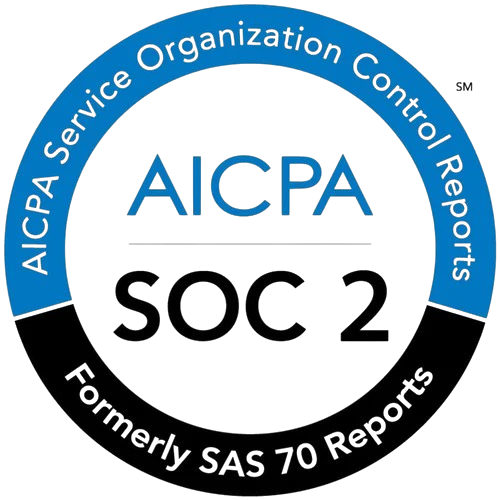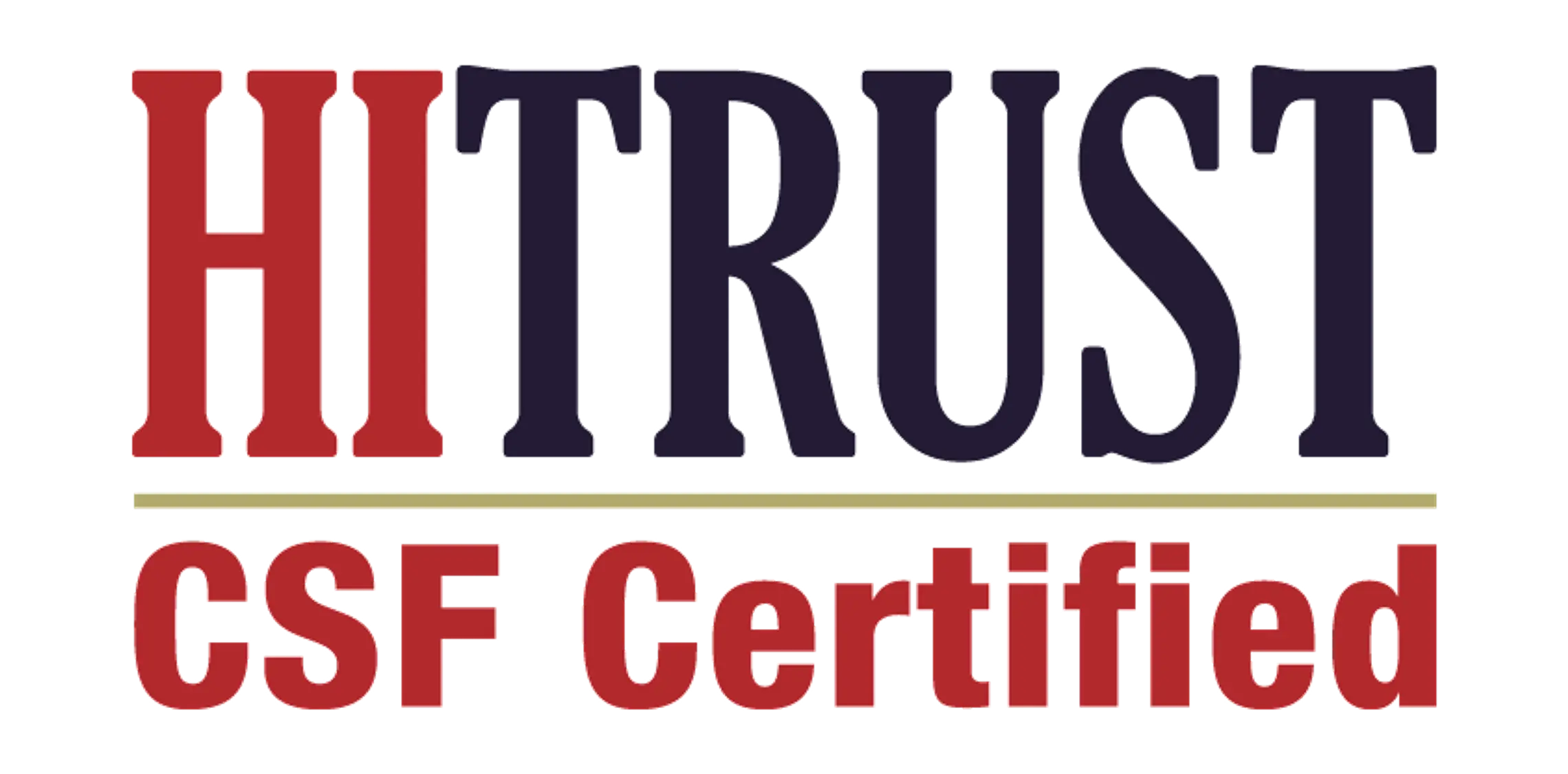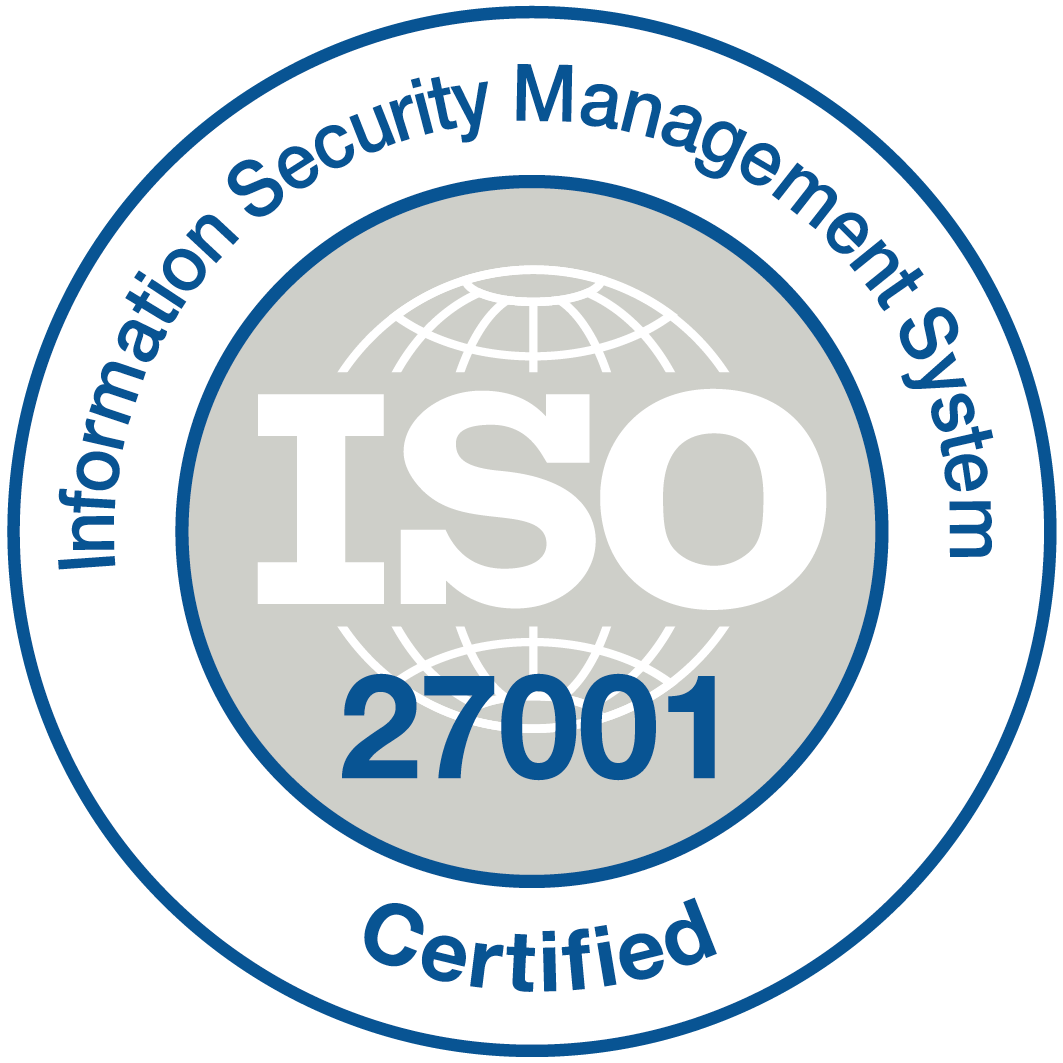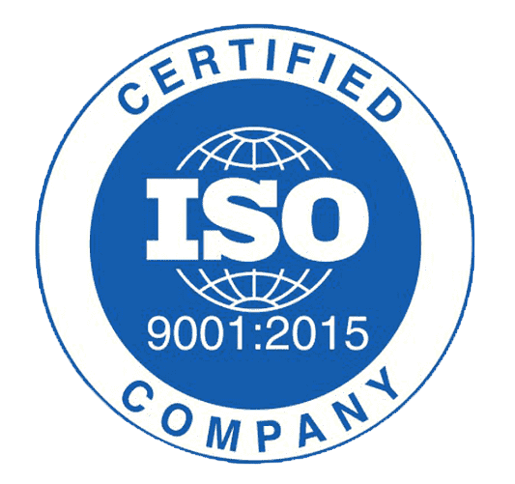Unlocking financial health: Overcoming healthcare revenue cycle challenges

In the ever-evolving landscape of healthcare, maintaining a robust revenue cycle is paramount for the financial stability of providers and the quality of care delivered to patients. Despite technological advancements and strategic initiatives, healthcare organizations frequently encounter significant revenue cycle challenges. Understanding these obstacles and implementing effective solutions is key to unlocking financial health in the industry.
Identifying Common Revenue Cycle Challenges
1. Complex Regulations and Compliance: Healthcare providers must navigate a labyrinth of regulations, including HIPAA, CMS guidelines, and ever-changing reimbursement models. Non-compliance can result in costly penalties and delayed payments.
2. Patient Financial Responsibility: With the rise of high-deductible health plans, patients are shouldering more financial responsibility. This shift often leads to increased accounts receivable as collections from patients become more complicated.
3. Inefficient Billing Processes: Manual billing processes are not only time-consuming but also prone to error. Billing discrepancies can lead to claim denials, delayed payments, and ultimately, a loss in revenue.
4. Lack of Data Transparency: Many healthcare organizations struggle with data silos, making it difficult to gain a comprehensive view of the revenue cycle. This lack of insight can hinder accurate forecasting and strategic planning.
Strategies for Overcoming Revenue Cycle Challenges
1. Invest in Advanced Technology: Implementing sophisticated revenue cycle management (RCM) software can streamline operations and reduce errors. Automation can help with tasks such as billing, claims processing, and revenue forecasting, resulting in faster turnaround times and improved accuracy.
2. Enhance Patient Engagement: Educating patients about their financial responsibilities through transparent communication can significantly improve collections. Providing patients with clear estimates of costs and payment plans can lead to higher satisfaction rates and timely payments.
3. Focus on Employee Training: Regular training for staff on billing processes, compliance requirements, and the latest industry trends is vital. A knowledgeable team is more equipped to handle challenges, reduce claim denials, and enhance the overall efficiency of the revenue cycle.
4. Utilize Data Analytics: Leveraging data analytics can transform the way healthcare organizations approach the revenue cycle. By analyzing trends and identifying areas for improvement, organizations can make informed decisions that drive revenue growth and enhance operational efficiency.
5. Implement a Denial Management Strategy: Denials are a common hurdle in the revenue cycle process. Establishing a dedicated denial management team to track, analyze, and appeal denied claims can minimize losses. Understanding the root causes of denials allows organizations to address issues proactively and improve approval rates.
As we navigate, healthcare organizations must confront the multifaceted challenges of the revenue cycle head-on. By investing in technology, prioritizing patient engagement, enhancing staff training, utilizing data analytics, and implementing effective denial management strategies, providers can unlock the door to financial stability. Embracing these solutions not only improves the bottom line but ultimately enriches the quality of care delivered to patients, leading to healthier communities overall. Unlock your organization's financial health today by tackling these revenue cycle challenges with innovative solutions!


